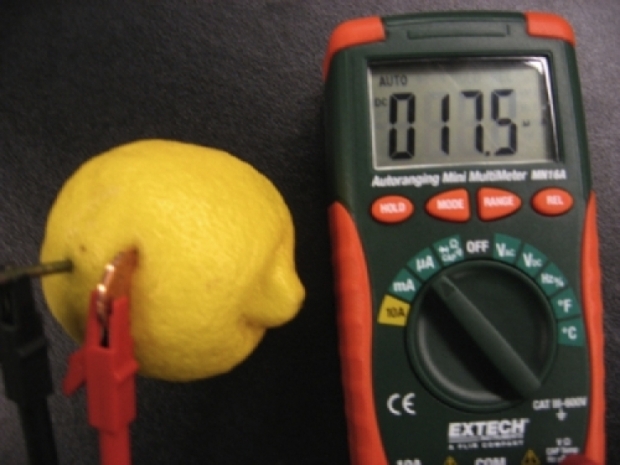According to the journal Energy & Environmental Science, Goodenough’s latest breakthrough, completed with Cockrell School senior research fellow Maria Helena Braga, is a low cost all solid-state battery that is non-combustible and has a long cycle life (battery life) with a high volumetric energy density and fast rates of charge and discharge.
“Cost, safety, energy density, rates of charge and discharge and cycle life are critical for battery-driven cars to be more widely adopted. We believe our discovery solves many of the problems that are inherent in today’s batteries,” Goodenough said.
This becomes important as it gives an electric vehicle its driving range, so a higher energy density means that a car can drive more miles between charges.
The UT Austin battery formulation also allows for a greater number of charging and discharging cycles, which equates to longer-lasting batteries, as well as a faster rate of recharge - minutes rather than hours.
The new batteries use an alkali-metal anode (lithium, sodium or potassium) which increases the energy density of a cathode and delivers a long cycle life. In experiments, the researchers’ cells have demonstrated more than 1,200 cycles with low cell resistance.
The engineers’ glass electrolytes allow them to plate and strip alkali metals on both the cathode and the anode side without dendrites, which simplifies battery cell fabrication.
Another advantage is that the battery cells can be made from polar bear friendly materials.
“The glass electrolytes allow for the substitution of low-cost sodium for lithium. Sodium is extracted from seawater that is widely available,” Braga said.




